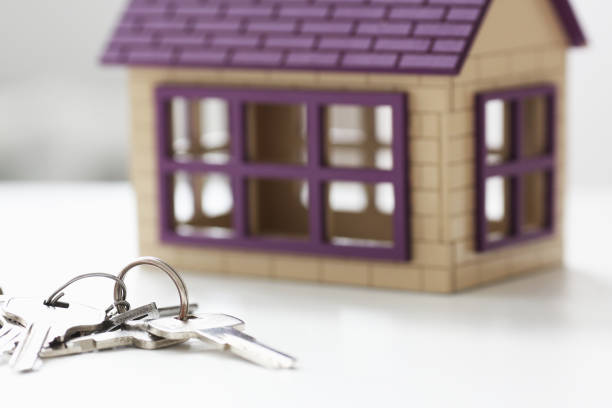
Finding a good mortgage in Florida
August 16th, 2023 Posted by makialis florida mortgage, How to, Mortgages in Palm Coast 0 thoughts on “Finding a good mortgage in Florida”Finding a good mortgage in Florida requires careful research, preparation, and a thorough understanding of the housing market. Here are some valuable tips to help you secure the best possible mortgage for your needs:
- Check and Improve Your Credit Score: Your credit score plays a significant role in determining the mortgage interest rate you qualify for. Before applying for a mortgage, obtain a copy of your credit report and check for any errors. If your score is lower than desired, take steps to improve it by paying bills on time, reducing debts, and avoiding new credit applications.
- Shop Around and Compare Lenders: Florida offers a wide range of mortgage lenders, including banks, credit unions, mortgage brokers, and online lenders. Obtain quotes from multiple lenders to compare interest rates, fees, and loan terms. This process can save you thousands of dollars over the life of your mortgage.
- Get Pre-Approved: Getting pre-approved for a mortgage before house hunting gives you a clear idea of how much you can afford. It also makes you a more attractive buyer to sellers, as it demonstrates your seriousness and financial readiness.
- Choose the Right Mortgage Type: Understand the various mortgage options available in Florida, such as fixed-rate mortgages (FRM) and adjustable-rate mortgages (ARM). Select the type that aligns with your financial goals and risk tolerance.
- Consider Down Payment Assistance: Florida offers various down payment assistance programs for eligible homebuyers. These programs can help you cover a portion of the down payment and closing costs, making homeownership more accessible.
- Investigate First-Time Homebuyer Programs: If you’re a first-time homebuyer, look into specific programs designed to support individuals taking their first steps into homeownership. These programs may offer more lenient qualification criteria and favorable terms.
- Evaluate Closing Costs: Factor in closing costs when comparing mortgage offers. These costs can vary significantly among lenders and can affect the overall affordability of your loan.
- Consult with a Mortgage Broker: Consider working with a mortgage broker who can assist you in finding the best mortgage option for your needs. Brokers have access to multiple lenders and can help negotiate favorable terms on your behalf.
- Lock in Your Rate: Once you find a favorable interest rate, consider locking it in to protect against potential rate increases while your application is processed.
- Read and Understand the Fine Print: Before signing any documents, carefully read and understand all the terms and conditions of your mortgage contract. Seek clarification on anything you’re unsure about, and ensure you’re comfortable with the obligations you’re taking on.
By following these tips, you’ll be better equipped to find a good mortgage in Florida that suits your financial situation and helps you achieve your homeownership goals. Remember that patience and diligence are essential throughout the process of securing a mortgage.




